“I changed who I was to put you both first but now I give up.” When Adele released “Easy On Me” – the first song on her long-awaited fourth album 30 – the lyrics hit home for many women who divorced young.
The singer’s experience isn’t unique but due to the stigma and social commentary that often surrounds divorcing at a young age, it felt refreshing for her to be telling that story publicly having made it through the other side; committing both her pain and healing to record in an album millions of women could blast along country lanes, throwing their legal paperwork out the window for years to come.
Here’s the thing: some marriages just don’t work out, regardless of age. A couple were happy until they were not and irreconcilable differences aren’t reserved for the middle-aged.
For women in their 20s and 30s – when the rest of the friendship group are often single, in a relationship or newlywed – leaving their marriage can be a particularly isolating time. The judgement and self-stigma that comes with being the divorced one is unsurprisingly difficult to navigate.
From the messiness that comes with untangling two lives, splitting assets, facing the dissolution of mutual friendship groups and being ‘too young to be divorced but too old to be single’ in the eyes of society, we speak to women about the highs and lows of starting over and the lessons they learnt when they decided to reclaim their happiness.
All names have been changed
Alicia
Can you tell us a little bit about you and your story?
When the pandemic hit and we were all forced to stay inside, I realised that this situation really wasn’t for me and I needed to get out.Alicia
I’m currently 29 years old and I had been with my partner for over ten years, married for three years, when I decided that it wasn’t what I wanted anymore. We had met when we were 17, so it was a long relationship. I shared that I didn’t want to be in the relationship anymore but I ended up staying a bit longer, mainly because I couldn’t stand the pain I was causing by saying I wanted out. However, when the pandemic hit and we were all forced to stay inside, I realised that this situation really wasn’t for me and I needed to get out. When some of the major restrictions were lifted, I found a friend nearby who lived alone and moved in with her. Leaving my partner has resulted in my parents pretty much cutting ties with me and they have stayed in contact with my partner. This has been going on for well over a year now and I still haven’t seen my parents.
When did you realise your marriage wasn’t going to work? Was there a catalyst that led to the divorce?
I had felt it for a long time but I kept brushing it aside and told myself I was just going through my own stuff and it wasn’t the relationship that was the issue. The main reason for convincing myself of this is because there was nothing explicitly wrong with our relationship that made me want to get out. I just fell out of love with him and it didn’t feel like it once did. It was like living with a good friend.
At your worst, what emotions were you grappling with when you were going through the divorce process? How did it feel getting divorced young?
I thought of stereotypical divorce as something that happens a lot further down the line when you have grown-up children.Alicia
I am still in the middle of divorce proceedings but I was going through a lot of emotions. I was put on medication quite early on and had to contact a counselling service to help me through some bad patches. I felt like I had disappointed so many people around me, when my family openly expressed they were expecting me to have children by that point. I felt I was upsetting everyone. I wasn’t really concerned about my own feelings until quite late into the process. Doing all of this in my twenties felt surreal – I thought of stereotypical divorce as something that happens a lot further down the line when you have grown-up children. I think that’s why I tried to stick out a little longer.
What did you need most in that moment? If you could go back in time, what would you say to that past you to help her through it?
I needed support. I needed family and people around me who would listen when I wanted to talk but also distract me when I needed it. I did have a select few people who were so supportive, especially the friend I moved in with. If I could go back in time, I would tell the past me that it’s going to be rubbish for a while but that it isn’t your fault, you needed to do this and you will be happy again.
How did you find telling other people about your decision, did you ever feel pressure to stay through fear of other people’s opinions?
It caused a lot of distress for my partner and my family (particularly my mother). For them, it had come out of the blue because nothing was “wrong” in their eyes so nobody understood why I wanted to leave. I stayed for a while longer because of the upset it was causing but also because of the pandemic. When COVID-19 hit, I had nowhere else to go. I knew my grandparents would have taken me in but it was 2020 and I didn’t want to risk spreading anything, so I stayed.
How did your friends and family react when you told them, was there anyone who said you should stick it out because you were young?
I had several people who told me I should stick it out because I was only in my twenties and had only been married a handful of years. I even had a couple of people who told me that I should just try having a baby because it will be something else to focus on. Luckily, I knew that was a ridiculous idea when I was wanting to leave.
Did you ever have doubts about getting a divorce based on other factors outside of the relationship itself (such as financial struggles, children /pets involved) and how it would affect your lifestyle?
It also meant that for a long time I was trying to save money in case I needed it for my car, divorce proceedings and other costly things.Alicia
I did worry about financial struggles. I was only working part-time as I studied with the Open University, so I knew I wouldn’t be able to support myself if I went solo. That’s why I’m so grateful for my friend who allowed me to stay with her. I was able to afford to pay her some rent money whilst studying. It also meant that for a long time I was trying to save money in case I needed it for my car, divorce proceedings and other costly things, so I lived on beans on toast and didn’t treat myself for a while.
What’s different about dating after divorce, how have you found navigating that world as a divorcee?
I have been very lucky to have found someone since I left my partner. I was very open with my situation and what I was going through at the time and he has been incredible. I couldn’t have asked for someone more supportive and understanding. He has been my rock through some tough times already and is a big part of getting me through things. This is just further proof for me that I made the right decision in leaving and that I could be happy again.
Would you ever consider getting married again in the future?
I would consider getting married again. When I got married, I was in love. I don’t feel a need to get married – that doesn’t define the relationship – but I wouldn’t say no. Although, if I got married again, I would want it to be a lot more relaxed and laid-back rather than having a big wedding.
What’s your biggest learning, having come through the other side now?
To trust your gut and do what is right for you. You can’t live your life being unhappy just to please everyone else around you. At the same time, I know some people choose to work on relationships and they happily stay together. For me, I now know this was what was right for me.
Your sage advice for anyone else going through this right now or thinking divorce is the right decision for them?
Find someone you can talk to and get it all out. Getting it out was a massive help for me and is what made me realise I was sticking around for all the wrong reasons.
I’d also want people in this situation to know that even though it will be hard, you will come out the other side and be happy again.
Alicia
Chloe
Can you tell us a little bit about you and your story?
Whenever I would express concern or hurt, I was downplayed & degraded. Chloe
My husband (at the time,) and I had been together for 5 years and married for one (married Sept 2020.) From August 2021-December 2021, he became extremely emotionally abusive and very distant from our love life. He would constantly abandon me at home to go out and party/drink with friends, and he began spending a lot of time at the gym. Whenever I would express concern or hurt, I was downplayed & degraded. It had gotten so bad, that I finally decided to leave him on December 22nd, 2021, and stay the night at my parent’s house. The next morning he called, and finally confessed that he had been cheating on me since the summer. That’s when I knew I had not been crazy all along, and all my emotions had been valid. We are now separated, and I can file for divorce on December 23rd, 2022 (this Christmas.) I will have just turned 28 years old.
When did you realise your marriage wasn’t going to work, was there a catalyst that led to the divorce?
I realized it when he stopped pursuing me romantically, and when he refused to accommodate my needs as a wife. The night I left, he said straight to my face, “I’m not sure I love you anymore.” The catalyst, in the end, was that I had been warning him to stay away from this one girl in his friend group, all to find out that he’d been having sex with her all along. I had known about her reputation, and he had ensured me that I had nothing to worry about. Turns out, my instincts were correct, and I got played like a fool.
At your worst, what emotions were you grappling with when you were going through the divorce process, how did it feel getting divorced young?
It felt like someone was repeatedly slapping me across the face with the reality that I hadn’t been good enough for him, and that I was worthless enough to be cheated on. Chloe
Initially, the heartbreak was like a knife internally twisting within me. The first day, I threw up about 4 times, and my body was cold & numb, and I could not stop shaking – full-on shock. I lost my appetite for about a month, and even to this day, my diet isn’t the same as it once was. It felt like someone was repeatedly slapping me across the face with the reality that I hadn’t been good enough for him, and that I was worthless enough to be cheated on. When the idea of divorce settled in, the only feeling was embarrassment and loneliness. It felt like the whole world was going to judge me for “not being able to keep a husband.” The fact that we had just barely been married for a year, felt like it had all been a huge farce.
What did you need most at that moment, if you could go back in time, what would you say to that past you to help her through it?
Honestly, I had everything I needed at the right time – family & friends. I wouldn’t change a single thing about that initial healing process because I did what I was supposed to do – I went to the people who meant the most to me and knew they would take care of me unconditionally. It was also their pain & grief (they had all essentially lost a son, brother, friend.) So I was fortunate enough to heal and grieve with the people I hold dearest. I would only go back in time and give myself a hug and say “You did good, and you tried your best. He was right, he didn’t deserve you.”
How did you find telling other people about your decision, did you ever feel pressure to stay through fear of other people’s opinions?
I kept pursuing the marriage, and compromised all my integrity – and in turn, I gave him full control.Chloe
I hid the truth from friends and family for about 4 months (just the emotional abuse/gaslighting, and the constant abandonment.) When his truth about cheating finally came forth, I did NOT hesitate in telling anyone who asked. My husband was a narcissist. Lots of people loved and admired him, and he had them all eating out of the palm of his hand. It was a triumphant moment getting to finally rip the wool off from peoples eyes so that they could finally see who he’d been all along. The reason I didn’t tell my family about the abuse right away was definitely because I was embarrassed, and I felt that I could truly fix it on my own. How could someone who’d known me for 10 years all of a sudden not love me anymore? I refused to believe it, and kept pursuing the marriage, and compromised all my integrity – and in turn, I gave him full control over our marriage (unknowingly.)
How did your friends and family react when you told them, was there anyone who said you should stick it out because you were young?
All my family and friends were gutted to their core. I’d never seen my parents or sisters more angry in my life, and friends who had learned, questioned their entire relationship with my husband. He had been a part of a lot of people’s lives, and it was as if he’d stabbed a knife in all their backs. Most were in complete shock, because “he was such a great guy! So loving, so charming.” Luckily, everyone was supportive of my leaving him, and knew that I was going to be much better off.
How do you feel about your marriage now, do you have any regrets or are you very much of the mindset that you learn something from every relationship?
I now look at my marriage and know, very confidently, that yes, we were definitely not good for each other. Of course, as soon as I left, all the red flags came flooding forward (from the past 6 years of our romantic relationship.) I’ve also come to the wonderful conclusion that I am, and never will be, the victim. I had done everything right and stayed true to my heart. I was committed, faithful, and hardworking. It is CLEAR as day that my husband was/is the victim of his own crimes, and will forever live in the filth and consequences of his actions. I won’t! It had nothing to do with me, and my life has become my own again. Never again will I sacrifice my emotions or boundaries, and I will respect my heart from now on. I have the freedom to do and say whatever I want, and no one will ever take that away from me again. I am victorious, and he is vile.
Did you ever have doubts about getting a divorce based on other factors outside of the relationship itself (such as financial struggles, children /pets involved) and how it would affect your lifestyle?
Yes, before I found out about him cheating, I did everything in my power to avoid divorce (which I why I stayed for so many months.) I couldn’t let a marriage end after 1 year! What would my friends and family think, they’d be so confused and disappointed!
So I started to blame myself, and he helped me right along. He let me believe that the reason why he’d been so distant from our marriage was because of my constant anxiety and lack of motivation to do the things he wanted to do- adapt to his lifestyle, be more athletic, drinking until your drunk, essentially all things spontaneous and irresponsible. So I tried to fight for as long as I could because I was under the impression that it was all my fault. As for pets, we did have a dog together, and I often thought, “well, if we split up, what would happen to Lady?” In the end, we let my in-laws adopt her, because I couldn’t afford her on my own, and my husband didn’t want anything to do with her. That’s another slap across the face that comes and goes.
What’s different about dating after divorce, how have you found navigating that world as a divorcee?
Because it’s still quite fresh, I’ve decided to wait as long as I can. I need some time on my own to rebuild the soul that he chipped away at for so long. Lots of insecurities that didn’t exist before him, and lots of love that I need to give back to myself that he took away. It wouldn’t be fair to find a new partner during this time, because my journey would become theirs, and that’s not a responsibility that I feel is fair to give to someone else right now.
When the time to date again does come around, I’ll be honest and brave about my story, and I will remind myself of my worth. I will only be with someone who accepts my truths, and never compromises my mental health.
Chloe
Would you ever consider getting married again in the future?
Yes, I would. However, it most likely would just be a very sweet, romantic elopement. I did the wedding bit, and I don’t want to make my friends and family go through that again – I don’t even want to. I wouldn’t even want a bridal shower or a bachelorette party. It’s unfortunately lost its shine, and I’m fine not ever experiencing it again.
What’s your biggest learning, having come through the other side now?
That I deserve the love that I give. I should never settle for something that causes me pain. Cheating is for cowardly, self-hating, pathetic souls. The victims of a crime as heinous as abuse are those who cause the abuse. The ones who suffer have done nothing wrong, and it’s my deepest soul’s desire to ensure that everyone knows that. You are not what someone else has put you through. You are only what you decide to be, and how you choose to go forward, not back.
Your sage advice for anyone else going through this right now or thinking divorce is the right decision for them?
Please read the signs as soon as possible, and literally speak to anyone about it. Your family, friends, therapist, or even your colleagues. I thought I could do it on my own, and I let myself wallow in self-pity and disdain, and I let my abuser take over. I’d been completely blindsided, and had lost all hope. When I did finally tell someone, it was like a wave of relief came washing over me, and I finally felt all my emotional bondage being cut off – I was free, and I was safe.
I often heard the saying, “if he wanted to, he would.” I never realized what this truly meant, and now I do.
Chloe
If you don’t see your partner giving your relationship the SAME amount of attention & energy that you are producing, and you have to ASK them to step up, they don’t want to, and most likely never will. Your partnership should be a co-dependant union, but at the same time, a safe space for your independent journey to flourish as well (and your partner should be there to support and encourage.) If you feel like they don’t love you, they don’t. In those moments, confrontation is so important, and you should fight for your boundaries to be respected. If your hearts aren’t in alignment, it’s time to go.
Bella
Can you tell us a little bit about you and your story?
My name is Bella and I’m coming up on my 30th birthday,I now live with my boyfriend and his little girl who we have every other week. I work full time and I also have endometriosis and PCOS and struggle with pain daily and it’s getting worse, as nothing is working.
At the age of 23 I moved for him to be able to work, I left all my friends and family behind for a fresh start.Bella
My story is I met my ex-husband when I was 18, he was my sister’s boyfriend’s dad, and I liked the attention I was getting, plus I like older men and he was double my age. He was good to me and I soon moved in with him, next thing I know we are getting married the year I turned 20. Everything was great until we lost our jobs, I managed to find one but he couldn’t and got depressed. He got offered a job in his home county, so at the age of 23 I moved for him to be able to work, I left all my friends and family behind for a fresh start. I worked in a few jobs and did crazy hours and we lived in a house share until we found a house to rent, then I got a full-time job, which I loved.
I lost a family member and it started to put the cracks into our relationship, I left him, and lived at my then best friend’s house and met someone else who I thought was good for me but wasn’t. After that my health started to go down the drain so I had to quit my job and I moved back and we tried again, after having a discussion. Once I got my health a bit back on track, I got another full-time job which is perfect for me and I still work in the company now, then I noticed the cracks again and then in 2019 I left him for good and moved back to the share-house. I then got with my current partner and we’ve since moved in together. I’ve had to wait 2 years before I could file for divorce, and in 2021 I filed.
When did you realise your marriage wasn’t going to work, was there a catalyst that led to the divorce?
Lots of things resulted in it but the moment I realised it was over was when we moved into our house and he kept accusing me of having affairs, phoning me when I was at work events and ruining the nights with it, then there was the fact he didn’t want to come with me to see family or be bothered with them.
My health was deteriorating and I didn’t seem to get any support. He got jealous of me being successful in my career, he was happy to spend my money and I couldn’t or I had to send something back so he could afford what he wanted. Then The biggest thing is before we got married I fell pregnant, and he told me I either had to get rid of it or we couldn’t be together, which looking back now I was so in love I did whatever he wanted and now because of my health I can’t have children and that has destroyed me. I can now easily look back and think what was I doing with someone like that who liked to control me, so many things led to it all.
At your worst, what emotions were you grappling with when you were going through the divorce process, how did it feel getting divorced young?
It made me stronger and more confident in myself knowing what I want and not letting someone control my life and the life I wanted. Bella
At first, I didn’t want to do it that’s why we got back together the first time plus I lived somewhere I hardly knew anyone and didn’t want to be alone, but when I knew I no longer wanted to be with him and knew I needed to get out, I felt strong and independent and knew this was the right thing. It made me stronger and more confident in myself and knowing what I want and not letting someone control my life and live the life I wanted. There was also anger because I was left with the debt and bill of paying for the divorce, but it’s definitely invigorating.
What did you need most in that moment, if you could go back in time, what would you say to that past you to help her through it?
If I could go back I would say to be strong and get the divorce the first time we spilt. I had my friends and family for support the whole time.
How did you find telling other people about your decision, did you ever feel a pressure to stay through fear of other people’s opinions?
I was nervous to tell them at first I thought they would all say I failed, but once I told them they were fully supportive and were surprised it took so long, as they could see the problems before me. But obviously, no one could tell me that, I had to figure it out myself.
How did your friends and family react when you told them, was there anyone who said you should stick it out because you were young?
All friends and family were fully supportive and any worries they were right there, my work also helped support me through it all as well. I have been very lucky in that aspect.
How do you feel about your marriage now, do you have any regrets or are you very much of the mindset that you learn something from every relationship?
I will never regret it as I wouldn’t be me without that experience and I wouldn’t have my job now, be with the man I love, or have the friends and family without them. But I do regret parts of it and for letting myself stay in a situation that changed me for the bad.
Did you ever have doubts about getting a divorce based on other factors outside of the relationship itself (such as financial struggles, children /pets involved) and how it would affect your lifestyle?
No, if you’re not happy and it can’t be resolved or it’s affecting your mental health or being harmed then you should definitely not stay in that as it doesn’t help anyone and will make things worse.
What’s different about dating after divorce, how have you found navigating that world as a divorcee?
I know what I want now, and I can take as much time as I want. I have also found that my marriage and how I was treated, left me damaged and questioning if I am allowed to do it now after I wasn’t allowed to before, so I’m having to adjust that I can do stuff I want. I’ve also found that I want to share my emotions and thoughts better now as well.
Would you ever consider getting married again in the future?
I said no at the start but I suppose the better words are ‘never say never’ as I don’t know what I may want in the future, but I do know I won’t be so quick to do it again.
What’s your biggest learning, having come through the other side now?
That I am my own person and no one can control you and you do what you want, as I am allowed to be happy.
Your sage advice for anyone else going through this right now or thinking divorce is the right decision for them?
My advice to others is don’t be afraid, there are people out there if you’re scared or if you need help, and I know love is a strong feeling but you need to live the life you want, not feel suffocated and unhappy.
Jasmine
Can you tell us a little bit about you and your story?
I’m 25 years old (26 in a few weeks) and I’m from Estonia. I was married to a guy from Syria for 3.5 years. I got married one day before my 22nd birthday. Got divorced at 25. I’ll try to explain our story as shortly as possible. I could keep talking about this for hours, probably could even write a book!
So, in 2017 I did my internship in Spain and my best friend and I ended up talking to some random Syrian guys on the streets of Madrid. The same guys took us to a shisha bar the next day and there I ended up meeting my future husband. It was a week before I finished my internship and had to return back home. But we got close enough that week and after being back home for 2 months, I went back to Spain for a week to visit him and his family.
Two months later I graduated from school and bought a one-way ticket to Spain to stay with him. Crazy, right? I stayed with him for the whole summer and it was fine until reality kicked in and then it was too late already. As you might guess, he was religious, a Muslim. I wasn’t. Not that I have anything against religion and Muslims, I just wasn’t raised in that environment and they tried to change it. Change me.
At first, I was too afraid to say no, so I ended up getting married to him in a mosque by their rules and apparently that made me a Muslim too. They, meaning him and his family, tried to make me pray, get dressed by their rules, eat by their rules, do everything by their rules. By the end of summer, I decided to return back home to start a new job and he came back with me. So, I was working and he was living at my place, as he was a refugee from Syria, he didn’t have European citizenship, just a refugee passport from Spain. In order for him to stay in my country and be able to work, we had to get married. For real this time, it was official.
I was married to someone I wasn’t even sure I wanted to be with. But there I was and a year later I ended up pregnant. Jasmine
I was married to someone I wasn’t even sure I wanted to be with. But there I was and a year later I ended up pregnant. Again, I definitely wasn’t ready for this, not at all. But it was mental pressure from him and his family to have children. I was too afraid to say no again. We ended up having a beautiful baby boy who was born prematurely at 30 weeks, 2.5 months before his due date. It was very difficult seeing your 1.4kg baby in the hospital inside the incubator connected to all these wires but we got through it and we have a healthy, 2-year-old, beautiful and clever boy.
When did you realise your marriage wasn’t going to work, was there a catalyst that led to the divorce?
This marriage of mine was a mess from the first day, so even at the moment I said ‘yes’, I knew that this wasn’t going to last. The moment I realised that this marriage wasn’t going to work was the moment we got married. The catalyst that led to the divorce was when we had the baby and I went through all of this on my own, with zero support from him.
The catalyst that led to the divorce was when we had the baby and I went through all of this on my own, with zero support from him. Jasmine
I stayed at the hospital with my baby for two months after he was born and he wasn’t there much for me and the baby. That’s when I was sure that I don’t want to continue my future with this person. But I was concentrating on taking care of my baby and didn’t have the time and strength to get through the process of divorce back then. After I got out of the hospital with my baby, I went to stay with my parents at their house. I got all the help and support from them. It was after maternity leave that I got back to work and pulled my strength together and started the process of getting a divorce.
The most difficult part was getting him to agree on that because in their culture it’s a great shame for a man if his wife decides to leave him, but I knew what I wanted and I wasn’t afraid anymore.
At your worst, what emotions were you grappling with when you were going through the divorce process, how did it feel getting divorced young?
For the whole marriage I was under the pressure of his mental abuse. He was a really toxic person who liked to blame everything on me and never agreed or admitted to his mistakes.It was a relief for me getting that divorce.
What did you need most in that moment, if you could go back in time, what would you say to that past you to help her through it?
At that moment I needed strength and support from my family and friends. I’d tell my past self: “You go girl! It might seem impossible at the moment but it gets better! You’ll get through this!”
How did you find telling other people about your decision, did you ever feel a pressure to stay through fear of other people’s opinions?
Telling other people was easy and relieving. Actually chatting and discussing this with others gave me strength to go through with it, I was never afraid of what others might think of it.
How did your friends and family react when you told them, was there anyone who said you should stick it out because you were young?
My friends and family were relieved and happy about my decision because they saw how I was suffering in this marriage. Of course his family and friends were the ones telling me to stay married, try to stay together for the baby etc.
How do you feel about your marriage now, do you have any regrets or are you very much of the mindset that you learn something from every relationship?
There are days I regret getting married so quickly, so young, so unsurely. But then there are days when I think about everything I went through and what I learned from it. It’s given me the strength to only go for what I want and not settle for anything less.
Did you ever have doubts about getting a divorce based on other factors outside of the relationship itself (such as financial struggles, children /pets involved) and how it would affect your lifestyle?
Everyone kept telling me to stay married because of the baby, but my opinion is that it’s much better for a child to live with divorced parents who are happier on their own than to live with married parents who are constantly arguing and not happy with their lives.
Jasmine
Coming from a family where parents stayed together only for the children, I know how it affects children’s lives and mental health. I’ve been dealing with depression and anxiety disorder for as long as I can remember and discussing this with my psychiatrist, we came to the conclusion that all of this was because of unhealthy environment in my childhood and I wouldn’t want that for my child.
What’s different about dating after divorce, how have you found navigating that world as a divorcee?
You’re more careful and notice all the red flags much faster after divorce. You don’t rush into relationships so quickly anymore, for me navigating this world as a divorcee has been quite easy. I’m in a happy relationship with a friend of mine who I’ve known for the whole time I was married. I thought being a divorced single mother would be a major red flag for guys but my boyfriend knew what he was getting into and he accepted me and my life the way it is.
Would you ever consider getting married again in the future?
Yeah, of course. But only if I knew that person well enough and was sure this was the person I want to spend my future with.
What’s your biggest learning, having come through the other side now?
Don’t rush things. Take it easy and see where life takes you. Stay true to yourself, nobody has the right to change you. If they don’t accept you the way you are, they’re not worth being with you.
Your sage advice for anyone else going through this right now or thinking divorce is the right decision for them?
You can do it! It might seem difficult and stressful but in the end you’ll feel relieved for getting through this. Also talk to others, find support. And learn how to put yourself first.















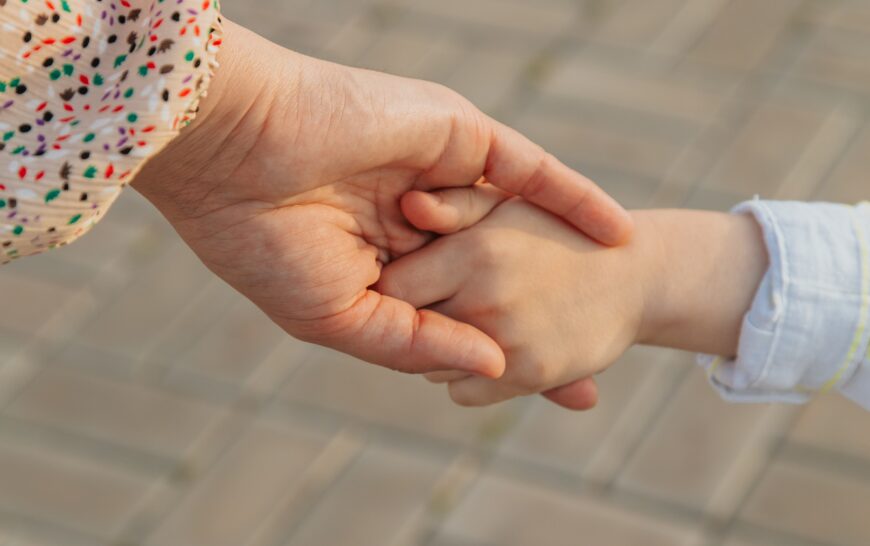



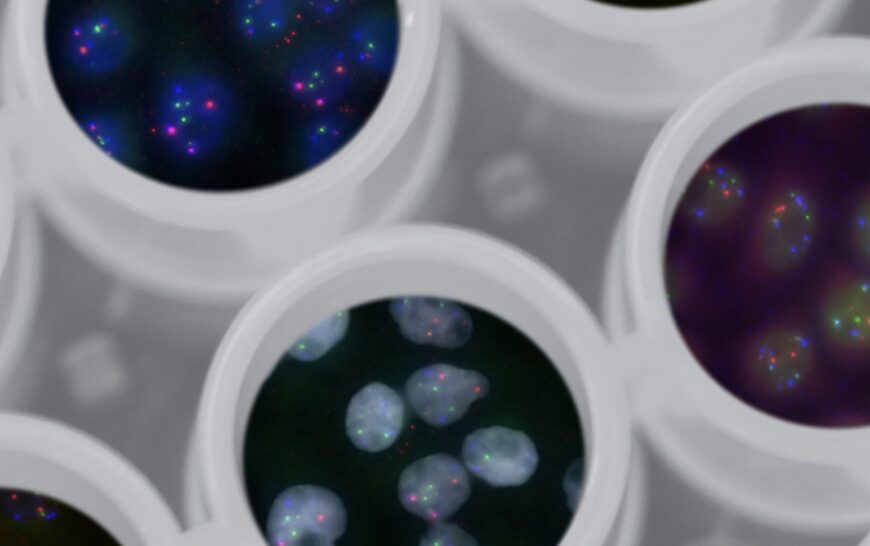


































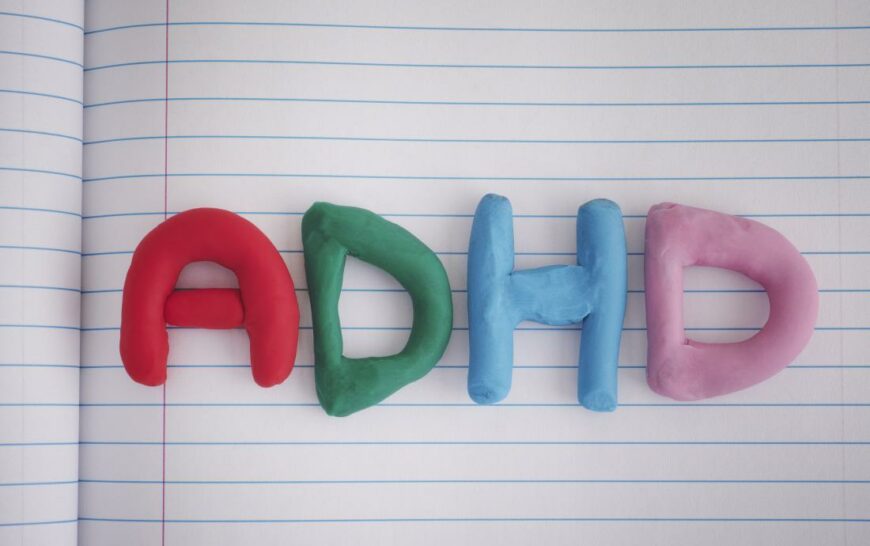




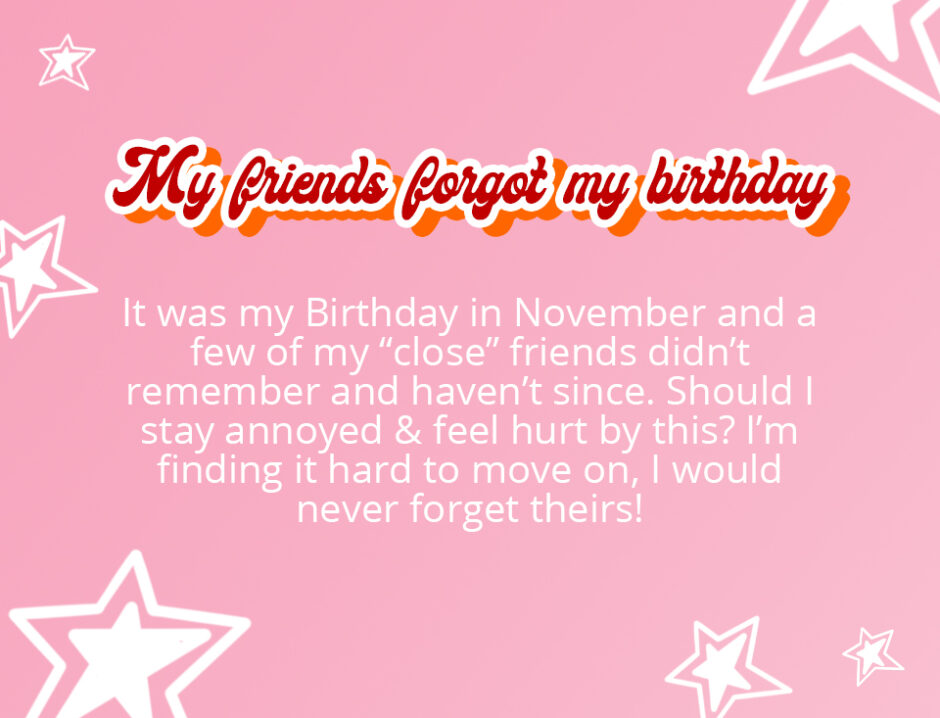
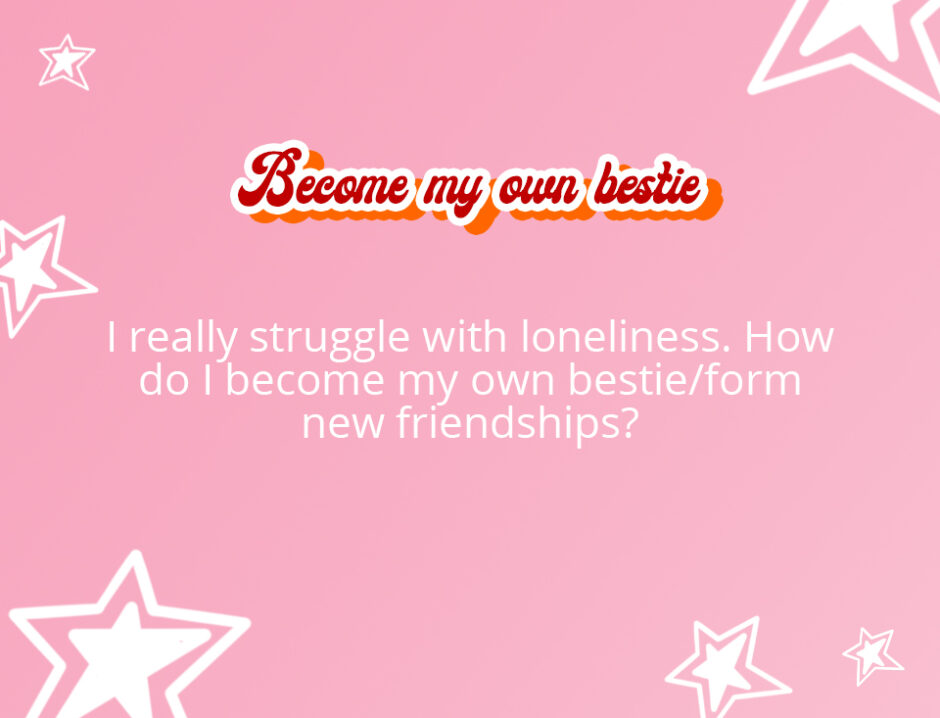

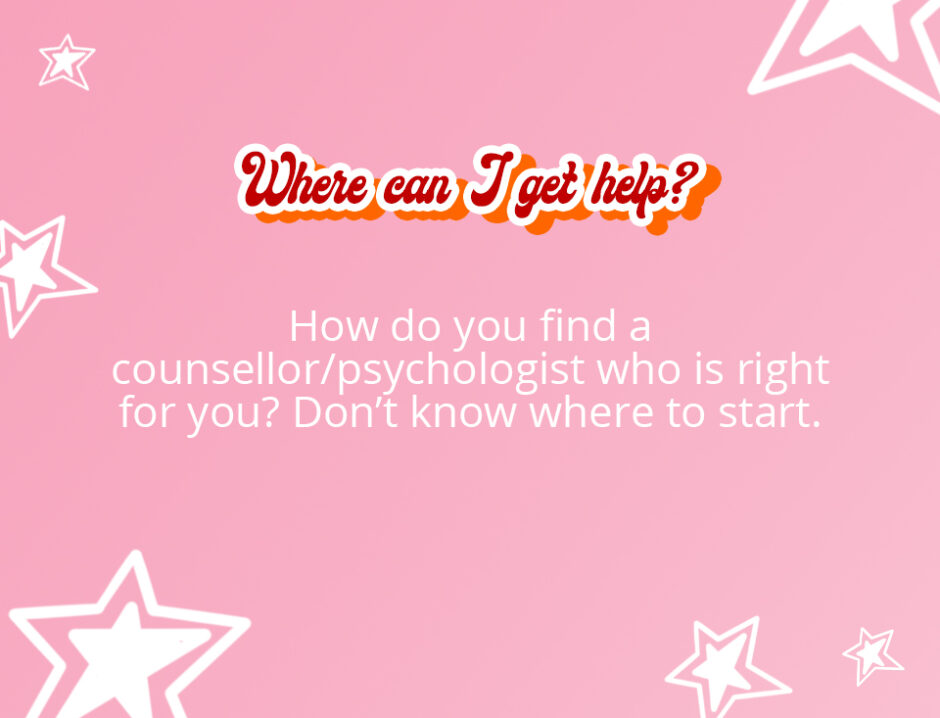
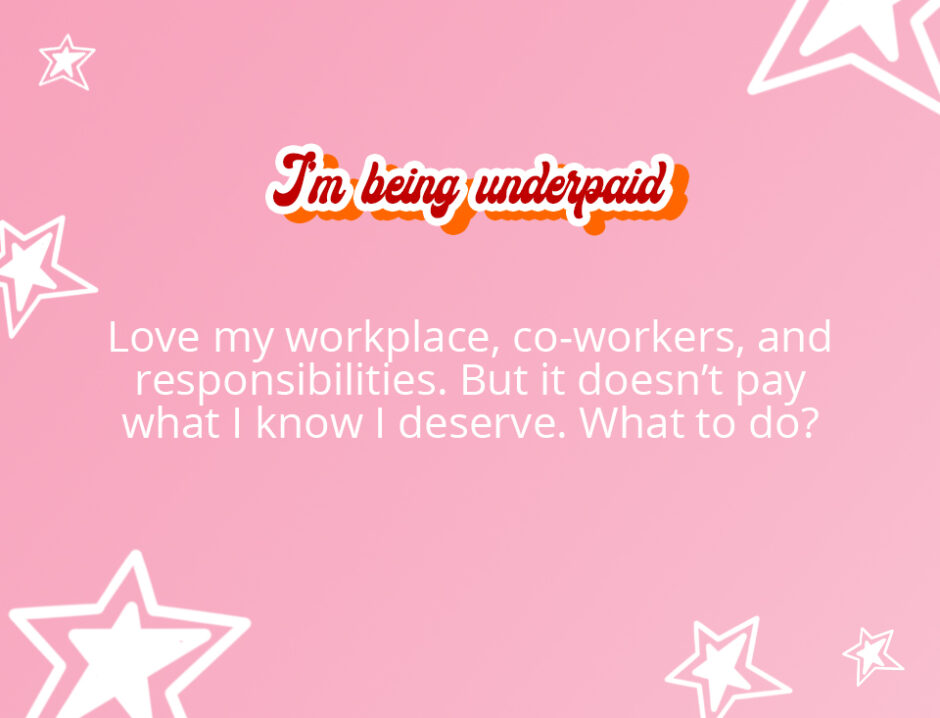
 you’ve got this! x
you’ve got this! x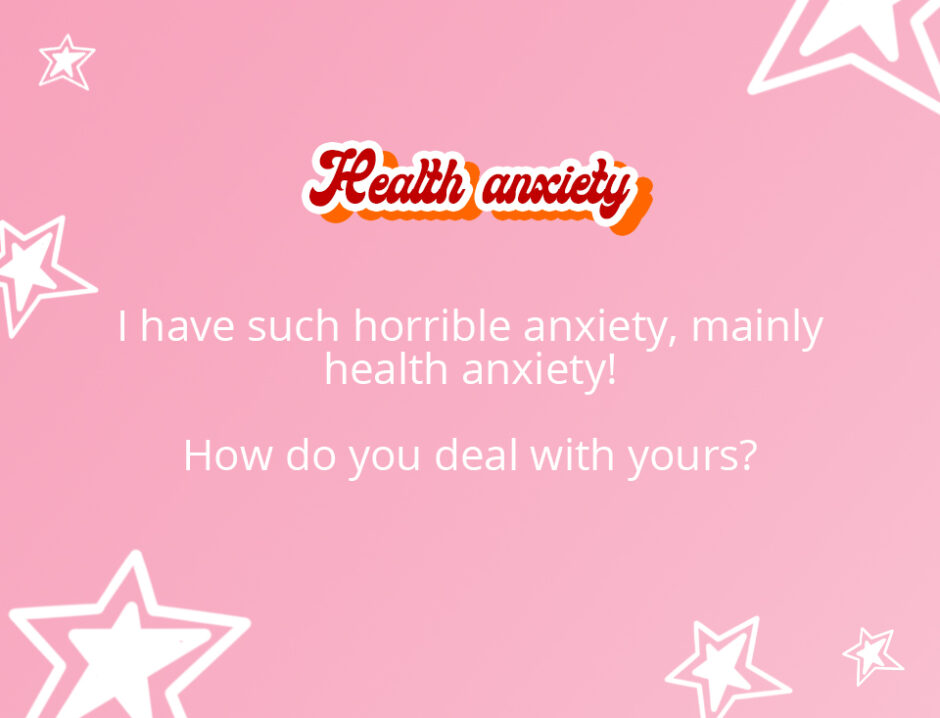

 Paris, France:
Paris, France: 


























